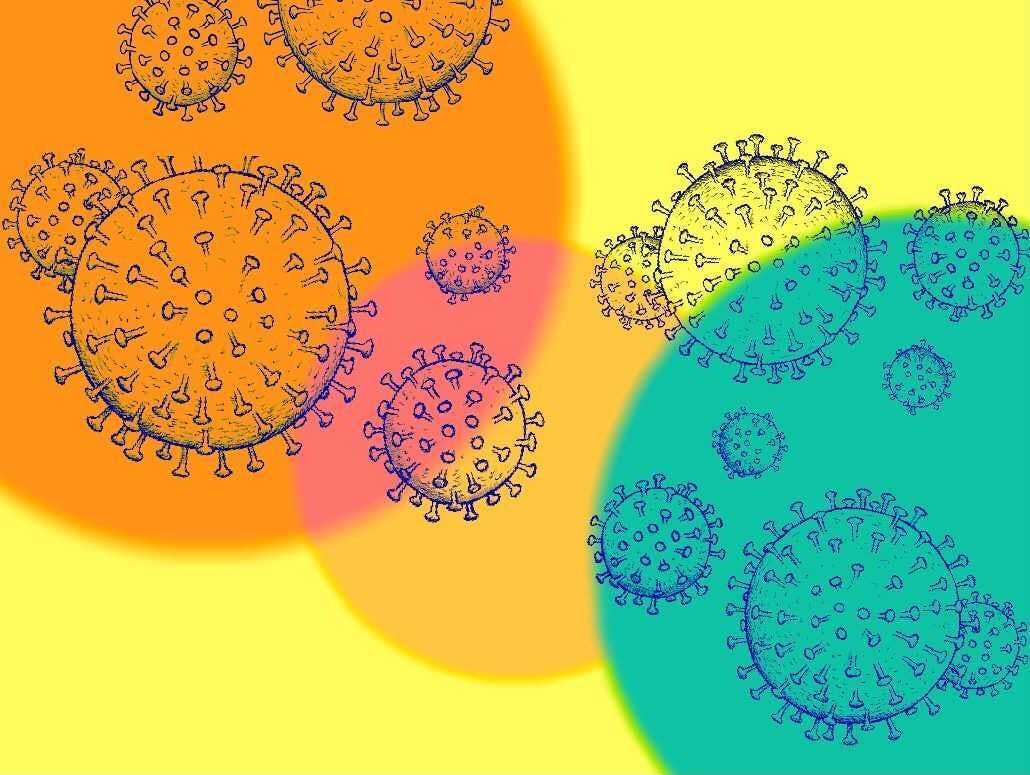

To evaluate the dnd KO individuals as recipients for germ cell transplantation, germ cells prepared from donor individuals were transplanted into the abdominal cavity of dnd KO hatchlings. At 1 year of age, germ cells were completely absent in all analyzed individuals. The dnd KO hatchlings retained the same number of primordial germ cells (PGCs) as the wild-type (WT) individuals, after which the number gradually decreased. By crossing F1 heterozygous mutants produced from founders subjected to genome editing, an F2 generation consisting of approximately 1/4 homozygous knockout mutants (dnd KO) was obtained. To overcome these problems, in this study, we generated homozygous mutants of the dead end (dnd) gene in rainbow trout (Oncorhynchus mykiss) using the clustered regulatory interspaced short palindromic repeats/CRISPR-associated protein 9 (CRISPR/Cas9) system, analyzed their reproductive capacity, and evaluated their suitability as recipients for germ cell transplantation. However, triploidization does not produce complete sterility in some fish species, and gene KD is labor and time intensive since it requires microinjection into individual fertilized eggs. Triploidization and dnd gene knockdown (KD) methods have been widely used to produce sterile fish. germ cell transplantation experiments, the use of sterile recipients that do not produce their own gametes is an important prerequisite. 6 Institute for Reproductive Biotechnology for Aquatic Species (IRBAS), Tokyo University of Marine Science and Technology, 4-5-7 Konan Minato-ku, Tokyo, 108-8477, Japan.

5 Department of Marine Biosciences, Tokyo University of Marine Science and Technology, 4-5-7 Konan, Minato-Ku, Tokyo, 108-8477, Japan.

3 Laboratory of Applied Genetics, Department of Animal Resource Sciences, Graduate School of Agricultural and Life Sciences, The University of Tokyo, Tokyo, Japan.2 Institute for Reproductive Biotechnology for Aquatic Species (IRBAS), Tokyo University of Marine Science and Technology, 4-5-7 Konan Minato-ku, Tokyo, 108-8477, Japan.1 Department of Marine Biosciences, Tokyo University of Marine Science and Technology, 4-5-7 Konan, Minato-Ku, Tokyo, 108-8477, Japan.


 0 kommentar(er)
0 kommentar(er)
